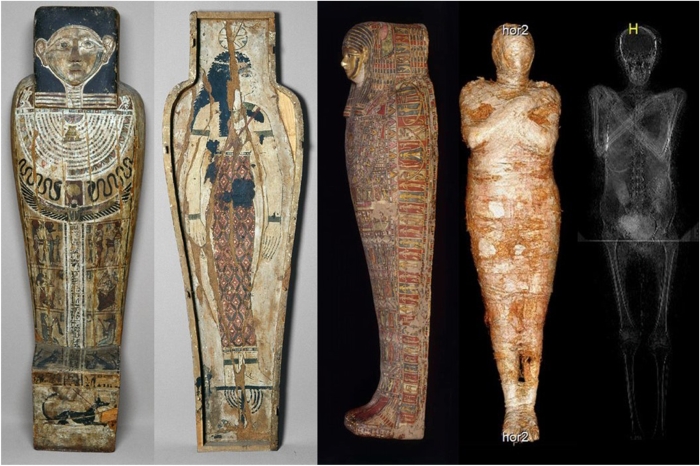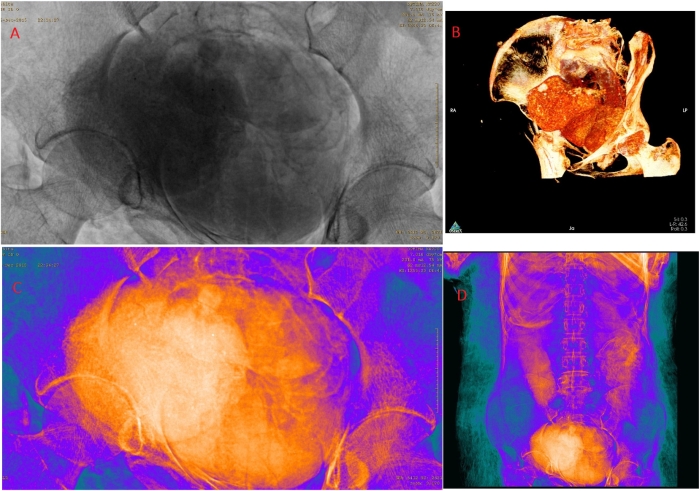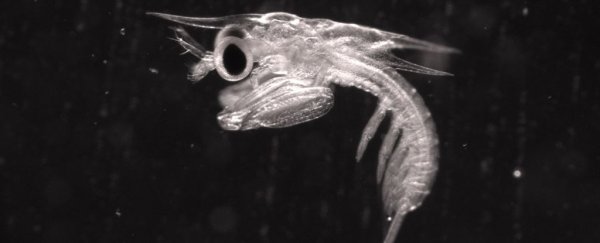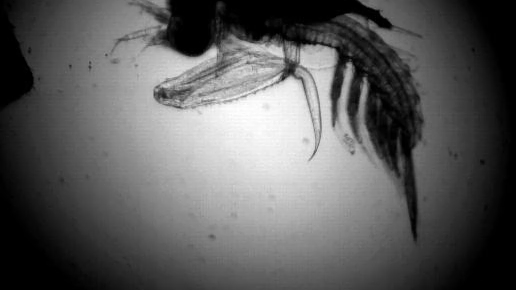THAT'S NO FUN
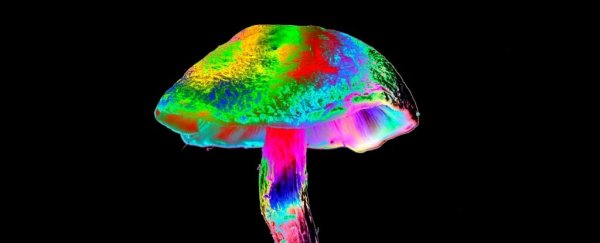
(Victor de Schwanberg/Getty Images)
CARLY CASSELLA
29 APRIL 2021
Scientists have discovered a psychedelic-like drug that can produce rapid, long-lasting antidepressant effects in mice without the effect of hallucinations.
The molecule, called AAZ-A-154, acts on the same serotonin receptors in the brain as antipsychotic drugs (like clozapine) and psychedelics (like LSD), promoting neuronal growth and producing beneficial behaviors in rodents for weeks after a single dose.
Researchers say the treatment is comparable to the fast-acting nature of ketamine, which has recently emerged as a promising drug for conditions like depression, substance abuse, and post-traumatic stress disorder.
However, some psychedelic drugs that are being investigated for their medical effects, such as psilocybin, routinely trigger hallucinations, which means they should only really be used as a treatment under the guidance and supervision of experts.
Finding a safe alternative without the risk of hallucinations would be extremely useful clinically, but the thing is, we still don't know if these hallucinogenic effects are needed to actually reshape the brain.
To explore this issue in greater detail, researchers from the University of California, Davis (UC Davis) genetically encoded a green fluorescent protein into a specific type of serotonin receptor responsible for triggering hallucinations, allowing them to observe the receptors being activated in living tissue.
Applying the novel sensor to 34 compounds with extremely similar structures but unknown hallucinogenic potentials, the team found one molecule in particular, AAZ-A-154, which exhibited a high selectivity for the receptor with few side effects.
When this compound was administered to mice, it produced antidepressant-like effects within 30 minutes and failed to cause any head-twitches, an indicator in mice suggesting the compound would cause hallucinations in humans. Even at relatively high doses, the results appeared to be the same, with cognitive benefits lasting for over a week.
According to the researchers, this is only the second non-hallucinogenic drug they've found that shows clinical benefits similar to psychedelics.
The other compound, Tabernanthalog (TBG), was engineered last year by some of the same authors, and while it increased the branching of mouse neurons in similar ways to ketamine, LSD, MDMA, and DMT, it appears AAZ-A-154 may have stronger and more sustained antidepressant effects in live animals.
Compared to existing psychedelics, a drug that people can take home, put in their medicine cabinets, and take on their own without supervision would be a much safer and more practical alternative, and TBG and AAZ-A-154 seem like promising new candidates.
So far, these compounds have only been tested in mice, so we still don't really know how they differ functionally to other psychedelic substances humans take with similar structures.
Far more research is needed to understand the underlying mechanisms, both at the molecular and cellular level, before we can even consider testing these compounds on our own species.
"Serotonin reuptake inhibitors have long been used for treating depression, but we don't know much about their mechanism," says UC Davis biomedical researcher Lin Tian.
"It's like a black box."
Now we just need to crack the lid and see what's underneath.
The study was published in Cell

(Victor de Schwanberg/Getty Images)
CARLY CASSELLA
29 APRIL 2021
Scientists have discovered a psychedelic-like drug that can produce rapid, long-lasting antidepressant effects in mice without the effect of hallucinations.
The molecule, called AAZ-A-154, acts on the same serotonin receptors in the brain as antipsychotic drugs (like clozapine) and psychedelics (like LSD), promoting neuronal growth and producing beneficial behaviors in rodents for weeks after a single dose.
Researchers say the treatment is comparable to the fast-acting nature of ketamine, which has recently emerged as a promising drug for conditions like depression, substance abuse, and post-traumatic stress disorder.
However, some psychedelic drugs that are being investigated for their medical effects, such as psilocybin, routinely trigger hallucinations, which means they should only really be used as a treatment under the guidance and supervision of experts.
Finding a safe alternative without the risk of hallucinations would be extremely useful clinically, but the thing is, we still don't know if these hallucinogenic effects are needed to actually reshape the brain.
To explore this issue in greater detail, researchers from the University of California, Davis (UC Davis) genetically encoded a green fluorescent protein into a specific type of serotonin receptor responsible for triggering hallucinations, allowing them to observe the receptors being activated in living tissue.
Applying the novel sensor to 34 compounds with extremely similar structures but unknown hallucinogenic potentials, the team found one molecule in particular, AAZ-A-154, which exhibited a high selectivity for the receptor with few side effects.
When this compound was administered to mice, it produced antidepressant-like effects within 30 minutes and failed to cause any head-twitches, an indicator in mice suggesting the compound would cause hallucinations in humans. Even at relatively high doses, the results appeared to be the same, with cognitive benefits lasting for over a week.
According to the researchers, this is only the second non-hallucinogenic drug they've found that shows clinical benefits similar to psychedelics.
The other compound, Tabernanthalog (TBG), was engineered last year by some of the same authors, and while it increased the branching of mouse neurons in similar ways to ketamine, LSD, MDMA, and DMT, it appears AAZ-A-154 may have stronger and more sustained antidepressant effects in live animals.
Compared to existing psychedelics, a drug that people can take home, put in their medicine cabinets, and take on their own without supervision would be a much safer and more practical alternative, and TBG and AAZ-A-154 seem like promising new candidates.
So far, these compounds have only been tested in mice, so we still don't really know how they differ functionally to other psychedelic substances humans take with similar structures.
Far more research is needed to understand the underlying mechanisms, both at the molecular and cellular level, before we can even consider testing these compounds on our own species.
"Serotonin reuptake inhibitors have long been used for treating depression, but we don't know much about their mechanism," says UC Davis biomedical researcher Lin Tian.
"It's like a black box."
Now we just need to crack the lid and see what's underneath.
The study was published in Cell


